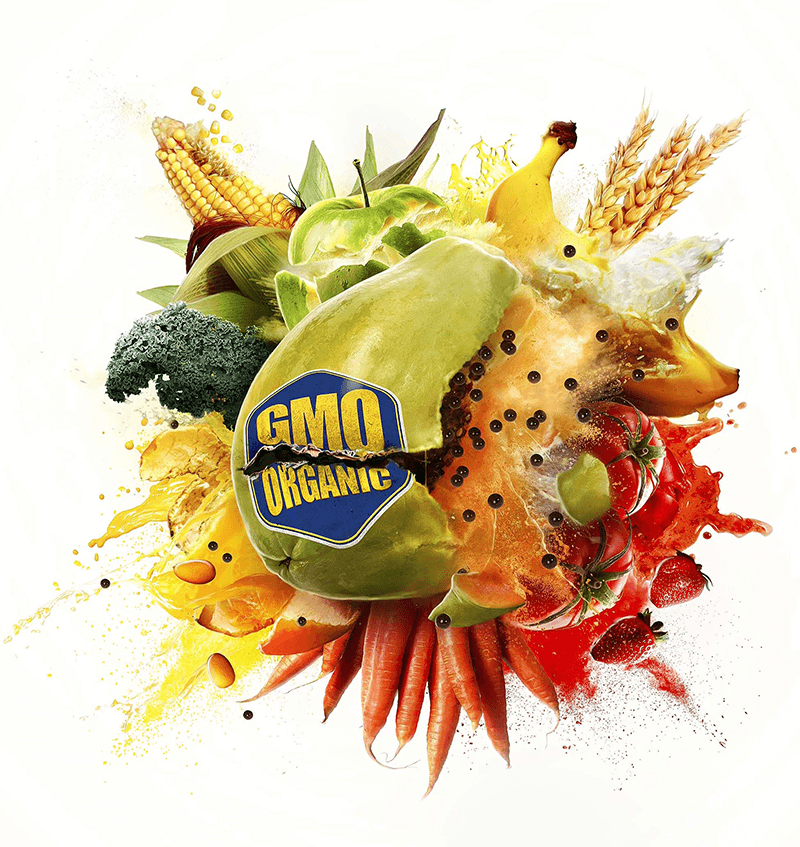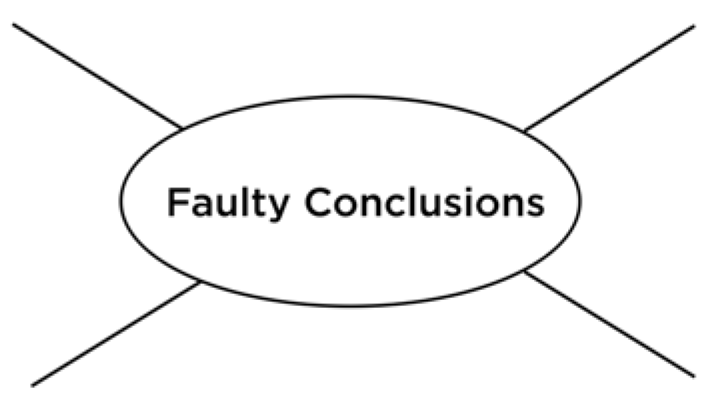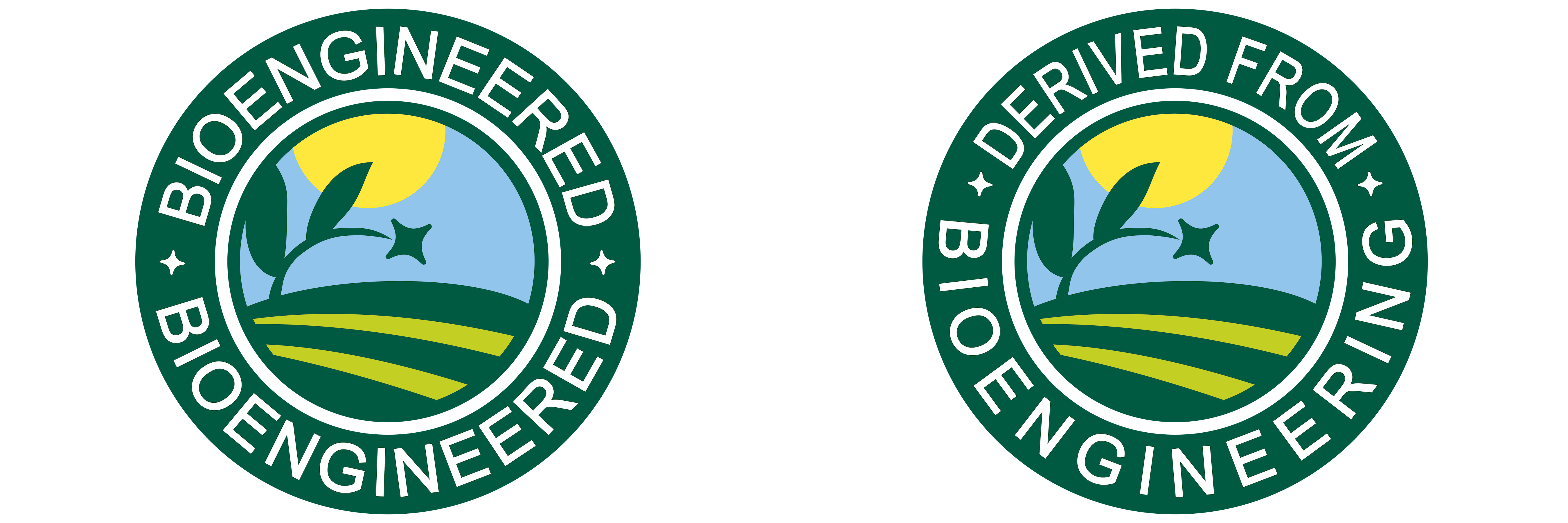Food Evolution
Students will view the 2016 documentary Food Evolution to evaluate the polarized debate surrounding bioengineering (GMOs). In this film director, Scott Hamilton Kennedy travels from Hawaiian papaya groves to Ugandan banana farms, to cornfields in Iowa to document how agricultural technology can be used in such varied crop settings. This lesson covers a socioscientific issue and aims to provide students with tools to evaluate science within the context of social and economic points of view.

Background
Lesson Activities
Recommended Companion Resources
Credits
Author
Big Picture Educational Consulting
Acknowledgements
These classroom engagement strategies are excerpts from the Food Evolution Educational Resource Guide and are shared on the Curriculum Matrix with permission. These activities are aligned to the 52-minute educational version of the film. The full length film can be purchased or streamed from foodevolutionmovie.com.
Standards
National Content Area Standards
- Social Studies – Geography
- APHG Topic 5.11: Challenges of Contemporary Agriculture
- IMP-5.B.1: Agricultural innovations such as biotechnology, genetically modified organisms, and aquaculture have been accompanied by debates over sustainability, soil and water usage, reductions in biodiversity, and extensive fertilizer and pesticide use.
- IMP-5.B.2: Patterns of food production and consumption are influenced by movements relating to individual food choice, such as urban farming, community-supported agriculture (CSA), organic farming, value-added specialty crops, fair trade, local-food movements, and dietary shifts.
- APHG Topic 5.11: Challenges of Contemporary Agriculture
- Science
- APES Unit 5: Land and Water Use
- STB-1.E Sustainable Agriculture: Describe sustainable agricultural and food production practices.
- APES Unit 5: Land and Water Use


